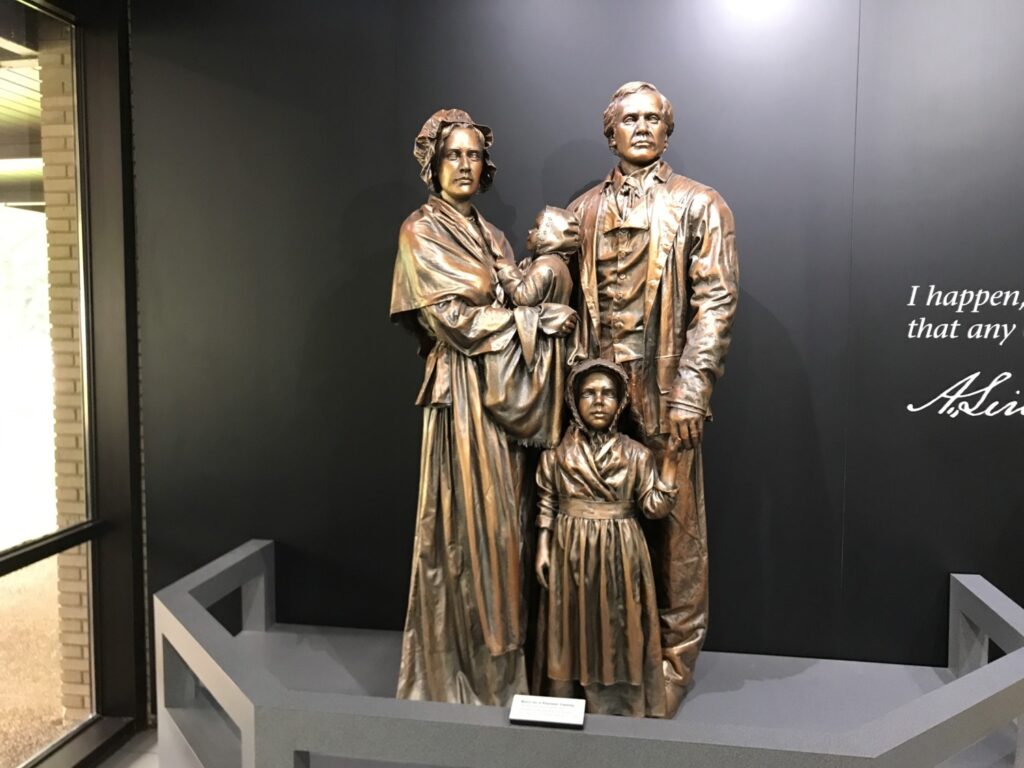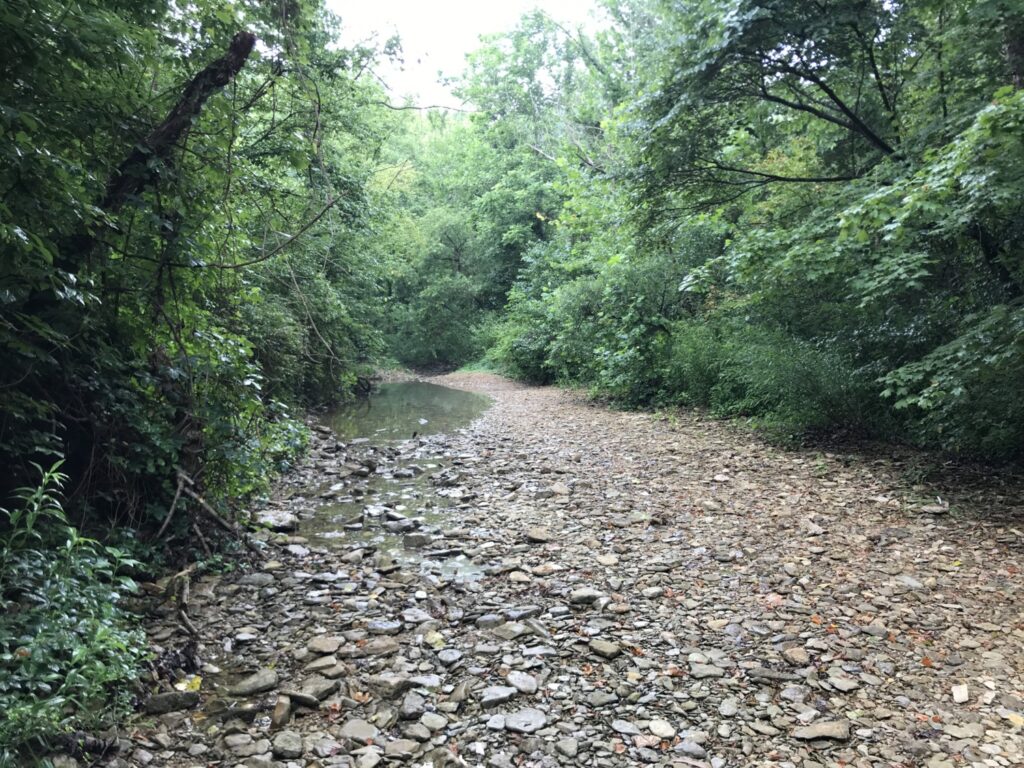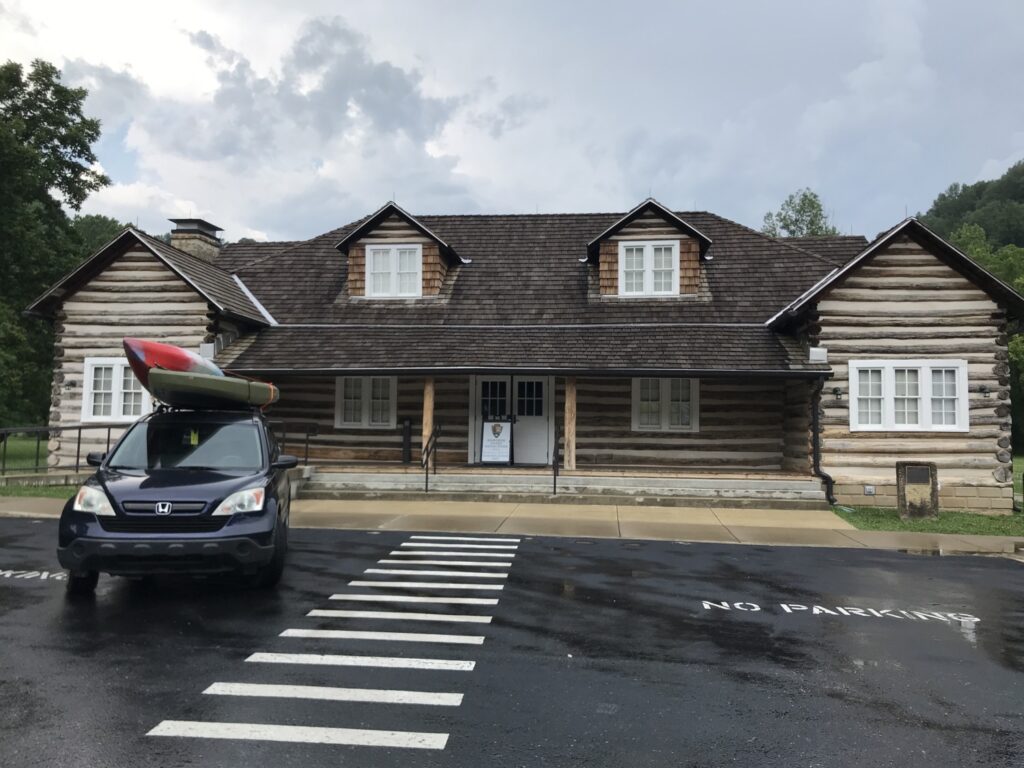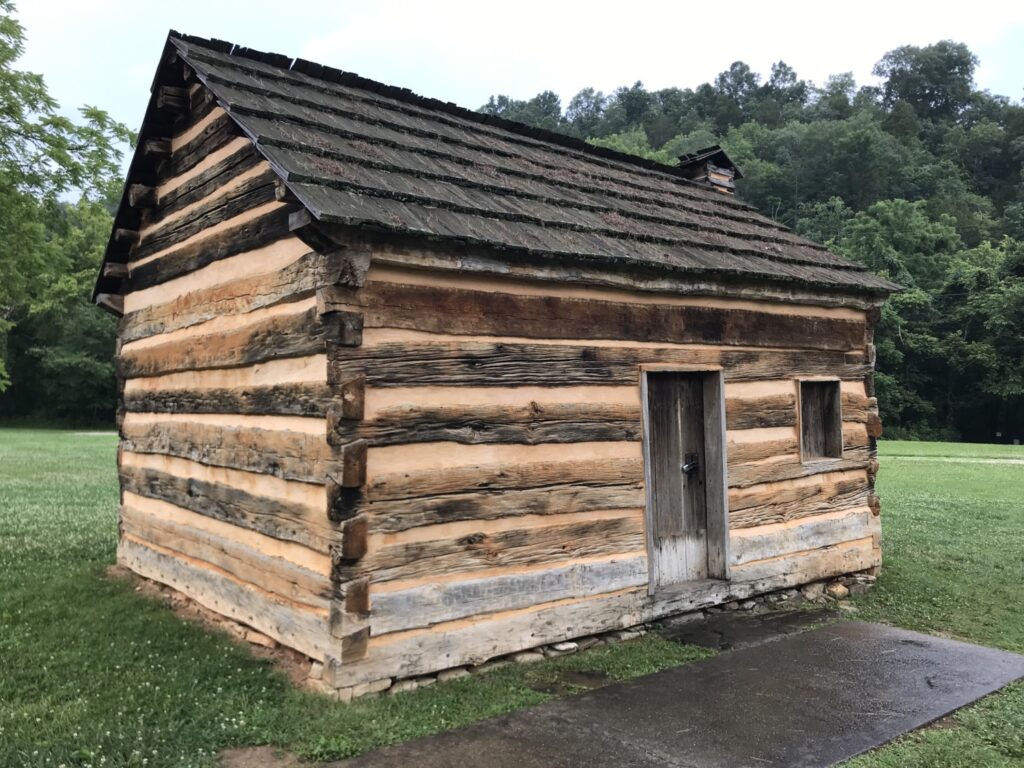Tom and I continued our exploration of Kentucky by heading to Abraham Lincoln Birthplace National Historical Park. Whenever we are working at a National Park site, we try to see all the other National Park sites in the state. It doesn’t always work out, because some of the sites can be pretty far away. But we only needed two more to complete all the National Park sites in Kentucky.
Abraham Lincoln Birthplace National Historical Park is located in Hodgenville, Kentucky. It is a four-hour drive from where we are living, so we knew we wanted to make it an overnight trip. Fortunately, it isn’t far from Mammoth Cave, so we could combine the two and have plenty of time to see them with one night away from home.
Abraham Lincoln Birthplace National Historical Park was the first Lincoln Memorial. An impressive classical memorial surrounds what the National Park Service calls the Symbolic Cabin of Lincoln’s birthplace. The Memorial Building was constructed between 1909 and 1911 in an effort by the Lincoln Farm Association to commemorate the life and accomplishments of Abraham Lincoln.
The Memorial Building was designed by prominent architect John Russell Pope and constructed of Connecticut pink granite and Tennessee marble. Pope’s design of the building included many symbols related to Abraham Lincoln. There are fifty-six steps leading up to the building to represent the fifty-six years of Lincoln’s life. Sixteen windows in the building and sixteen rosettes on the interior ceiling symbolize Lincoln as the sixteenth president.
In 1906 the Lincoln Farm Association began a fund raising campaign for the project in which over 100,000 Americans donated nearly $350,000. Construction began on February 12, 1909, the centennial of Abraham Lincoln’s birth, with the laying of the cornerstone by President Theodore Roosevelt. William Howard Taft dedicated the Memorial Building and enshrined cabin on November 9, 1911, before a crowd of 3,000 people.

You may be wondering about the Symbolic Birth Cabin inside the Memorial. The original log cabin that Lincoln was reputed to have been born in was dismantled sometime before 1865. Local tradition held that some of the logs from the cabin were used in construction of a nearby house. New York businessman Alfred W. Dennett purchased the Lincoln farm in November 1894 and used the logs from this house to construct a cabin.
In addition, Dennett also purchased logs reputed to have belonged to Jefferson Davis’s birthplace. Soon both cabins were dismantled and re-erected for exhibition in many cities. When the Lincoln Farm Association bought Lincoln’s cabin, the believed they had acquired the true birthplace. When workers tried to reconstruct the cabin, however, they discovered there were logs from three different cabins. The rebuilt cabin’s size made it difficult for people to walk around in the memorial. The Lincoln Farm Association reduced the cabin’s size and began calling it the Symbolic Birth Cabin.
Tom and I checked out the Visitors Center and watched the short movie on the Lincoln’s time in Kentucky. We toured the museum and then walked around the grounds. After we had checked everything out, we drove to the Knob Hill Farm site.
Although Lincoln was born on the Sinking Spring Farm, the family moved from there when he was two. His earliest memories were of living at the nearby Knob Hill Farm where he lived until he was seven. His mother, Nancy Hanks Lincoln died while the family was living at Knob Hill Farm. This is the place where Lincoln almost drowned in the creek. His friend, Austin Gollaher, extended a branch to Lincoln and saved him. The Gollaher cabin has been relocated to the site. In addition, a historic tavern sits on the farm site and serves as a Visitors Center seasonally.
We enjoyed our visit to Abraham Lincoln Birthplace National Historical Park. Our visit was short, but took in what we felt the park had to offer. Only one Kentucky park to go.








